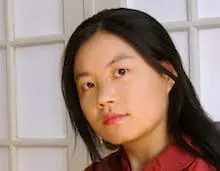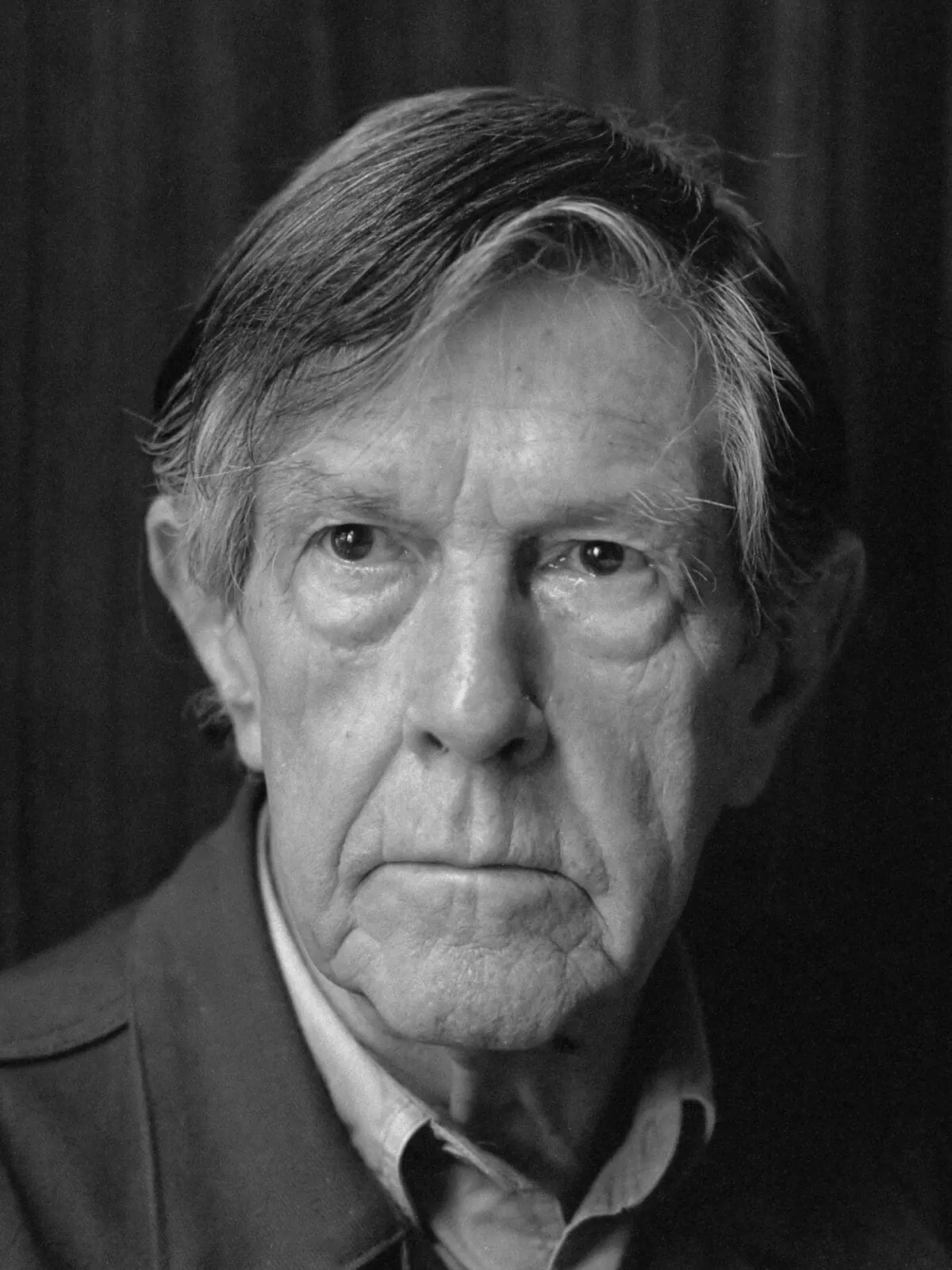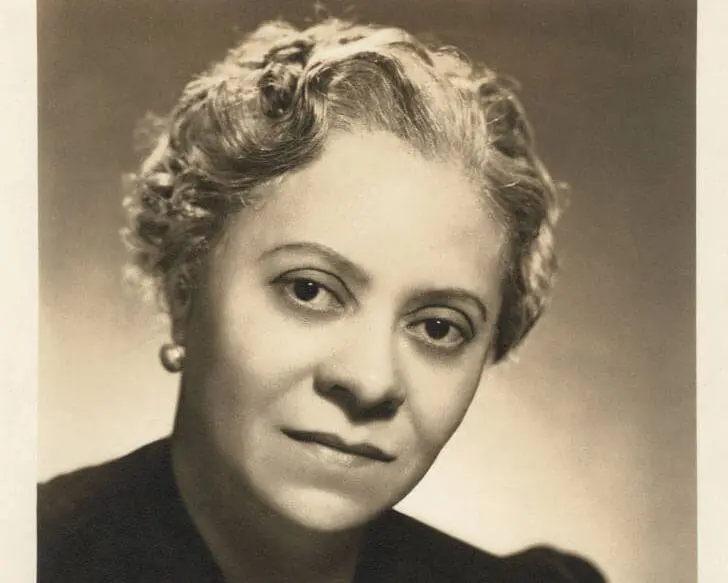Growing up in a small town where music, especially classical music, was not valued, composer and pianist Missy Mazzoli felt out of place in her love for music. Mazzoli also did not know of many female classical composers she could look up to. One would see these disadvantages as a reason to give up on a dream, but Mazzoli didn’t.
On October 27, 1980, in Lansdale, Pennsylvania, Missy Mazzoli made her way into the world. Though she would grow to be a successful classical music composer, as a small child Mazzoli did not get much exposure to music, as she grew up in a non-musical family.
Fortunately, Mazzoli got the opportunity to learn to play the piano from teacher Kirsten Olson. At only 10 years old, Mazzoli began writing music herself and considered having a career in composition.
Schooling
Mazzoli spent her young adult years getting an education in music. At the age of 21, she traveled to the Netherlands to study at the Royal Conservatory of the Hague, a music school. She also graduated from Boston University’s College of fine arts with a bachelor’s degree. She then went on to attend the Yale School of Music, where she earned her master’s degree in 2006. Her teachers include composers John Harbison, David Lang, Martin Bresnick and Aaron Jay Kernis.
The Student Becomes a Master
Eventually, Mazzoli became a teacher herself, as she went on to teach composition in the music department at Yale University, the same university she attended as a student.
Mazzoli has not only taught aspiring musicians, but she helped bring attention to the work of young composers, by directing the MATA Festival in New York City, an organization that promotes the work of composers.
First Timer
Mazzoli’s first opera was Song from the Uproar: The Lives and Deaths of Isabelle Eberhardt, a one-act opera about the life of Swiss writer and explorer Isabella Eberhardt. It premiered at The Kitchen, a venue in New York, in March of 2012.
A Musical Union
One would assume that playing the piano, composing music, as well as teaching it is accomplishment enough but Mazzoli is also a member of a band she created, Victoire. The band has played in many venues throughout the world including, Carnegie Hall in New York City, the MADE festival in Sweden, the C3 festival in Berlin and Millenium Park in Chicago.
Some albums produced by the group include Cathedral City and Vespers for a New Dark Age, which was commissioned by Carnegie Hall and premiered in February 2014.
A Musician’s Feats
Mazzoli’s music has been performed by a variety of musicians and groups, including Jennifer Koh, a violinist, and the Kronos Quartet, a string quartet based in San Francisco.
Unsurprisingly, one of Mazzoli’s operas, Breaking the Waves, was a huge success, it was even nominated for the 2017 International Opera for the Best World Premiere. Mazzoli won the Music Critics Association of North America Award for Best Opera in 2017. It was noted by Opera News, an American classical music magazine, as one of “…the best 21-st century American operas yet produced.”
One of her most recent operas, The Listeners, premiered in March of 2021 in Oslo. It was commissioned by the Norwegian National Opera Ballet, as well as the Opera Philadelphia.



